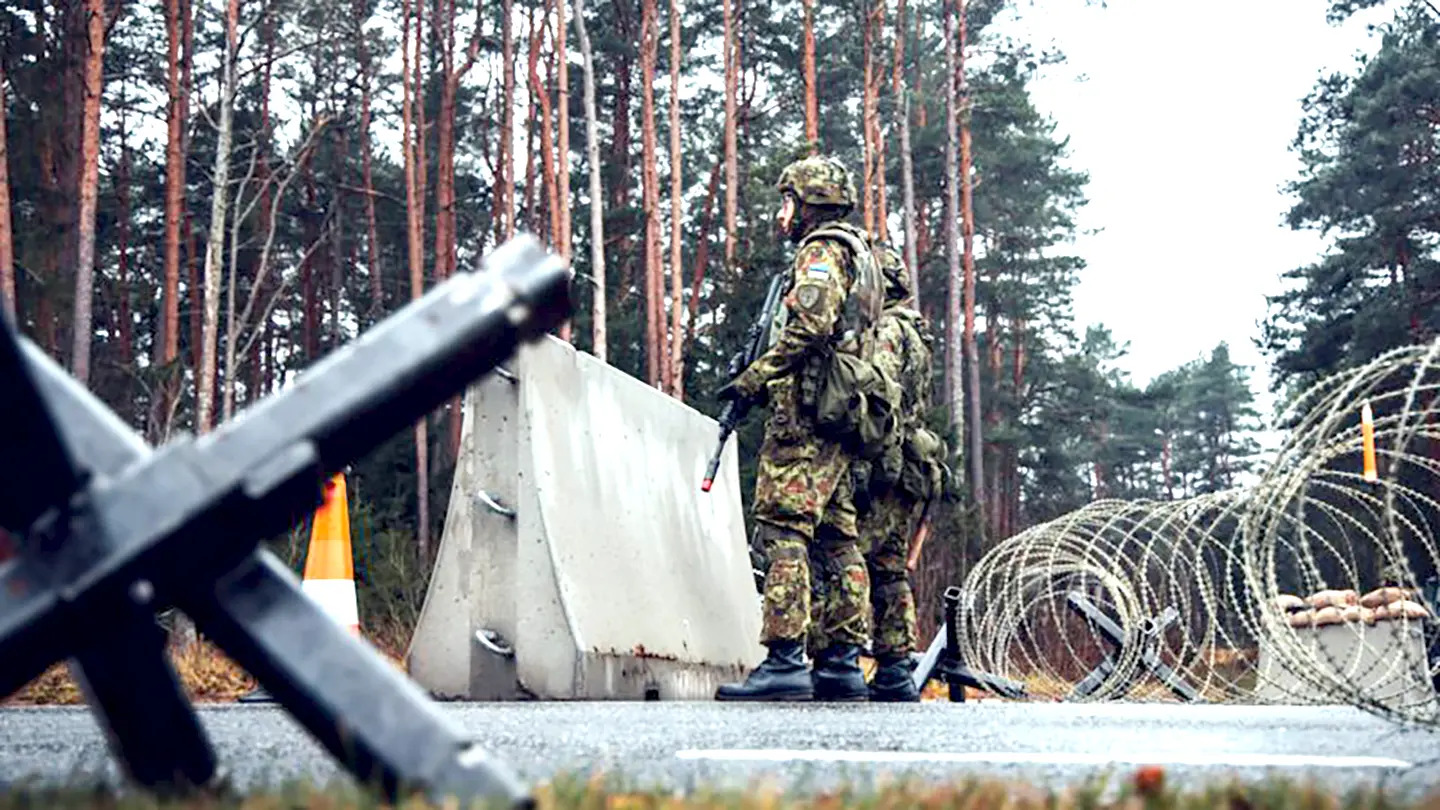Learning lessons from Russia’s full-on invasion of Ukraine, Estonia, Latvia and Lithuania signed an agreement Friday to create joint defensive fortifications along the roughly 450 miles of border they share with Russia and Belarus.
The agreement, signed in Riga, Latvia, says the goal “is to deter and, if necessary, protect against a military threat,” according to a statement from the Estonian Ministry of Defense.
“To build the anti-mobility defensive installations is a carefully considered and thought-out project, the need of which stems from the current security situation,” said Estonian Defense Minister Hanno Pevkur. “Russia’s war in Ukraine has shown that, in addition to equipment, ammunition, and manpower, physical defensive installations on the border are also needed to defend Estonia from the first meter.”
The purpose of defense installations “is to prevent a military conflict in our region,” said Pevkur. “We are undertaking this effort so that the people of Estonia can feel safe, but if the slightest risk emerged, we would be ready for various developments more promptly.”
The statement about the agreement contains no details about the cost, specific location of the fortifications or construction timelines. However, it included a graphic of how the fortifications might look, which you can see below. It shows a model for T-shaped entrenchments with a fortified bunker that can be covered for concealment.
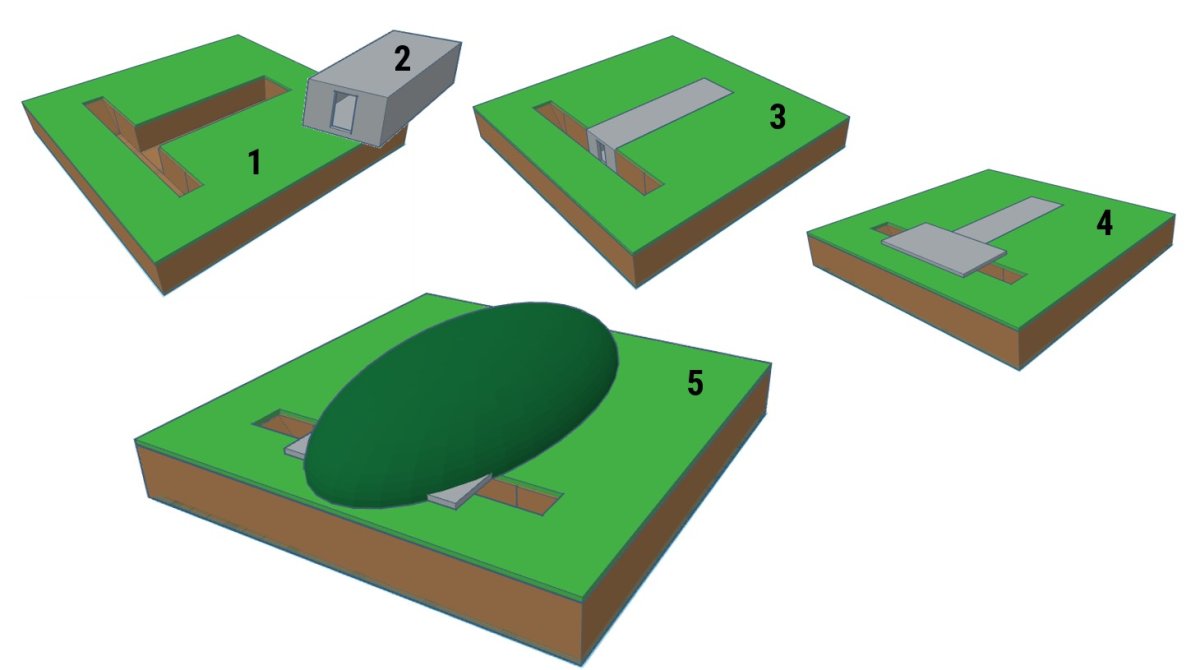
While the plan’s announcement is vague on details, it does provide some insights into how it could work.
The Baltic defense zone “is by its very nature a complex of prevention and field security measures, the elements of which on the terrain support the activities of the defending units at the base points in order to stop the attack of aggression units if necessary,” according to the statement.
The defenses are “placed scattered on the landscape, taking into account the results of the analysis of the enemy and the environment, as well as the battle plan of the units of the defense forces. The Baltic states are one area of operations, and therefore defense facilities are being built jointly in coordination with Latvia and Lithuania.”
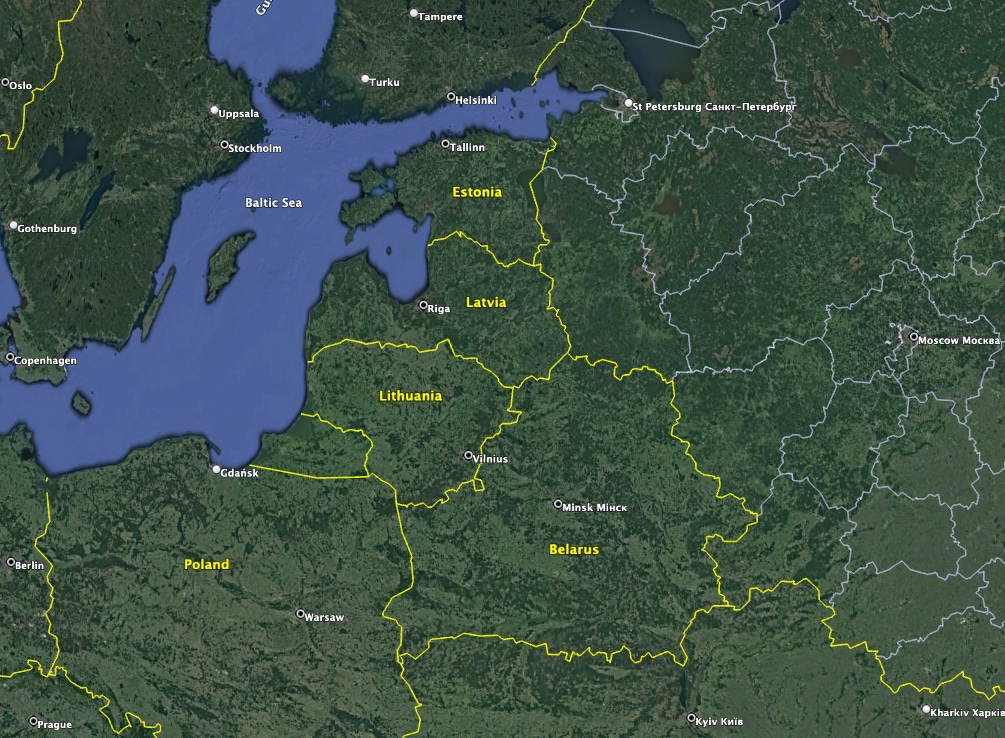
The value of strong defensive lines became abundantly clear during Ukraine’s counteroffensive launched last summer. As we have frequently reported, it sputtered out in large measure due to the massive, layered defensive and fortifications that included trenches, anti-tank ditches, so-called dragon’s teeth and many thousands of landmines.
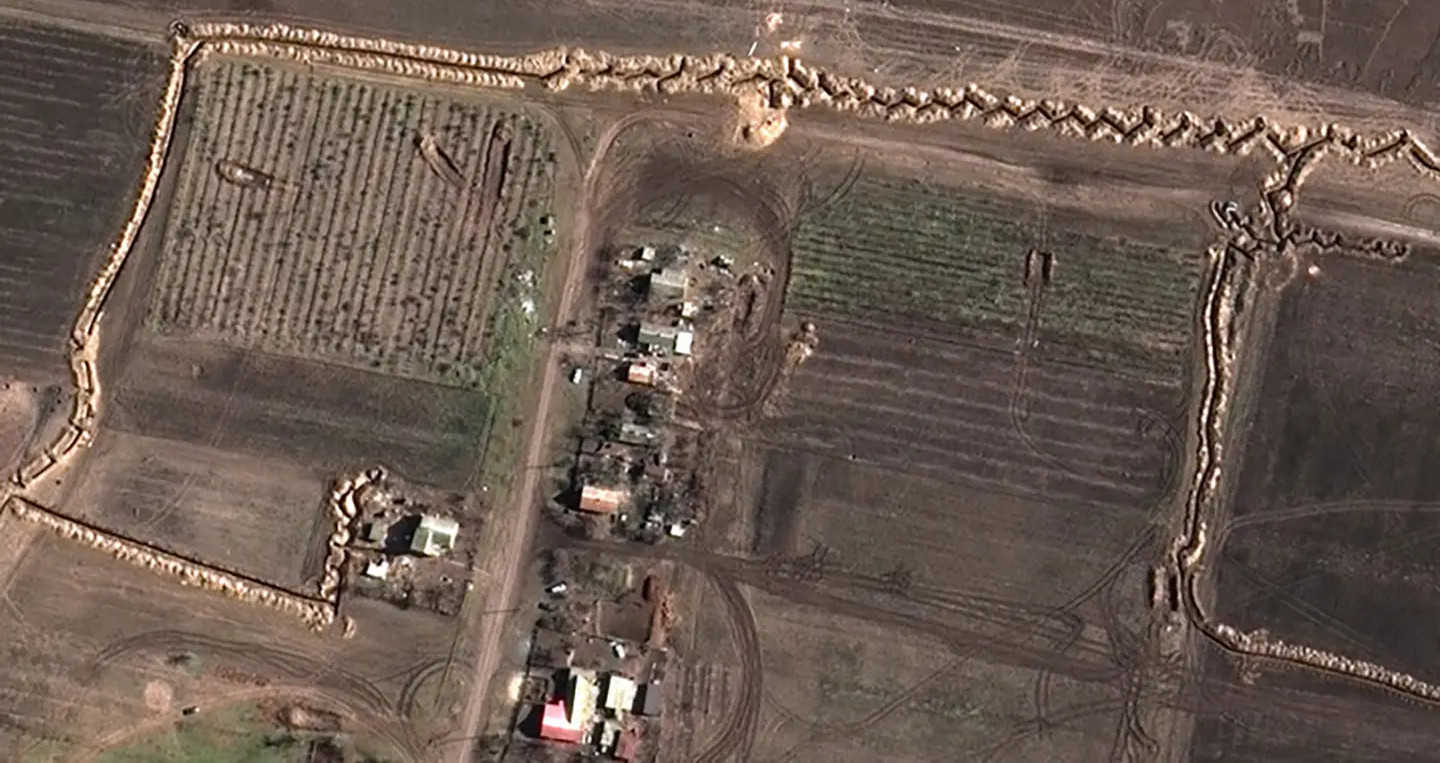
The plan calls for flexibility prior to any conflict breaking out.
“In peacetime, neither explosives, cutting wires nor other obstacles are placed in the protection zone,” according to the statement. However, “a network of support points and distribution lines is established.”
These plans will be “carried out in cooperation with local communities and in agreement with landowners.”
In addition to calling for joint defensive fortifications, the three defense ministers signed what is being called the M142 High Mobility Artillery Rocket Systems, or “HIMARS multiple rocket launchers declaration of intent agreement, which aims to create a framework for the joint use of the weapon system in both peacetime and wartime.”
The statement provided no additional information about that agreement, however, the U.S. State Department has approved the sale of HIMARS to each country.
- July 15, 2022, the State Department approved a possible Foreign Military Sale (FMS) of HIMARS and related equipment to Estonia for an estimated cost of up to $500 million.
- November 9, 2022, the State Department approved a possible sale of HIMARS launchers and related equipment to Lithuania for an estimated cost of $495 million.
- October 24, 2023, the State Department approved a possible FMS of HIMARS and related equipment to Latvia for an estimated cost of $220 million.
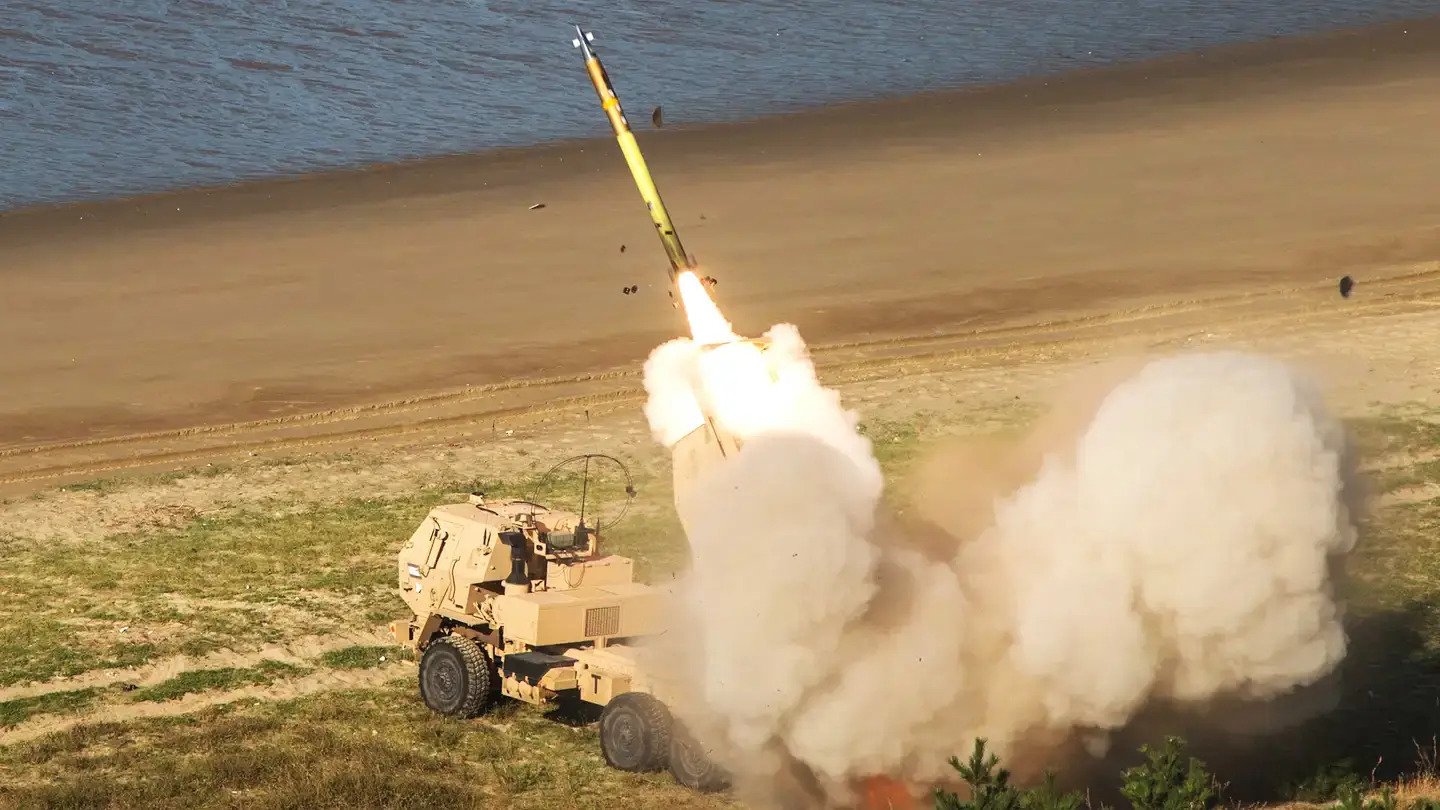
Estonia and Latvia also signed a “cooperation agreement to conduct NATO air security from Latvia’s Lielvarde air base while the runway at Ämari air base is under repair.” As we have written about in the past, NATO members provide air policing for the Baltics, which don’t have their own aircraft to conduct these missions.

The War Zone has reached out to the Estonian, Latvian and Lithuanian MoDs and will provide additional details about this plan if they are provided.
The announcement of this plan comes against the backdrop of concerns expressed by German Defense Minister Boris Pistorius on Friday that Russia could attack a NATO member in the next five to eight years.
“We hear threats from the Kremlin almost every day … so we have to take into account that Vladimir Putin might even attack a NATO country one day,” Pistorius told German outlet Der Tagesspiegel in an interview published Friday.
While a Russian attack is not likely “for now,” the minister added: “Our experts expect a period of five to eight years in which this could be possible.”
The Pentagon, meanwhile, tells The War Zone it supports the joint Baltic defensive effort.
“As always, the Department is definitely taking note of the moves by Estonia, Latvia, and Lithuania to tighten their defense collaboration,” Army Maj. Charles Dietz, a Pentagon spokesman, said in an email to The War Zone. “With the ongoing discussions about our military’s global positioning, we have a keen interest into these latest developments. The fact that these Baltic nations remain in open dialogue with the U.S. and other allies shows just how important this issue is to them.”
The Defense Department “really values these joint efforts because they’re not just good for the Baltics; they actually help keep the whole NATO alliance secure,” Dietz added. “Seeing Estonia, Latvia, and Lithuania pull together for their defense is a good sign for regional security and keeping things steady. Plus, it lines up perfectly with what NATO and the U.S. are aiming for: a strong, united front on the eastern edge of the alliance. It’s about showing that we’re all in this together and ready to stand up for each other if needed”
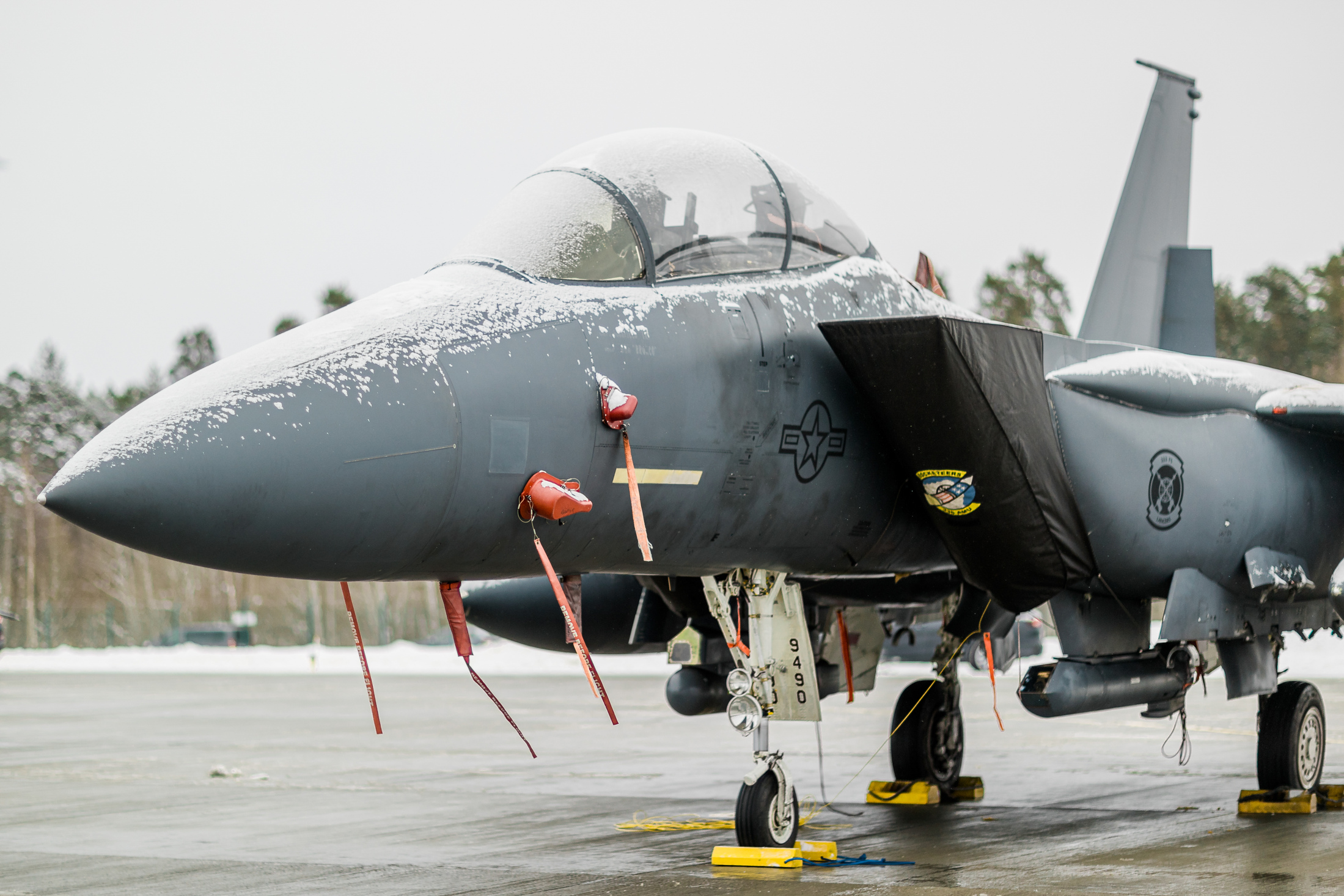
Much about this joint defensive plan remains unknown. However, the idea that three nations are working together to build anti-mobility fortifications against a potential Russian threat is a stark reaction to what we have seen play out in Ukraine over the last year or so, where World War I-like fortifications has largely denied significant gains by either side’s ground forces.
Contact the author: howard@thewarzone.com
